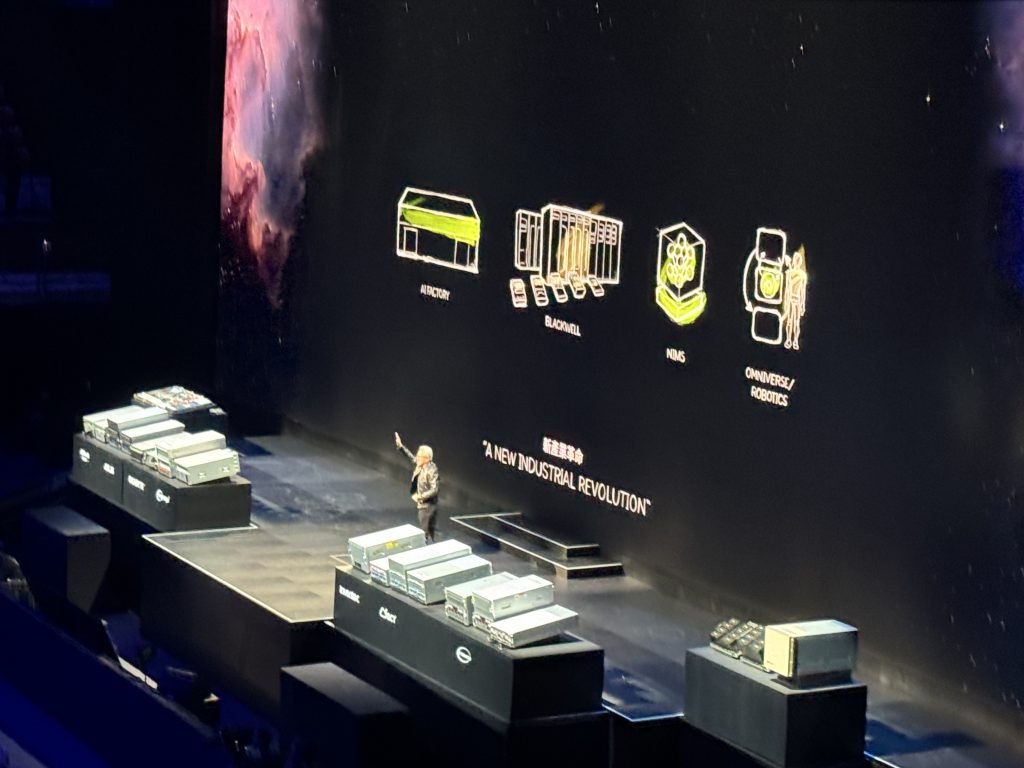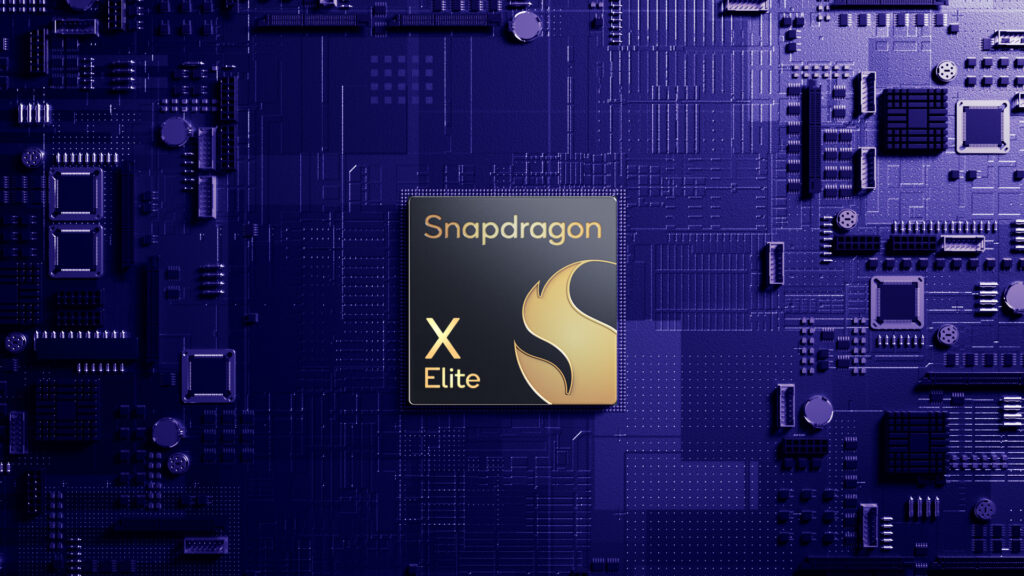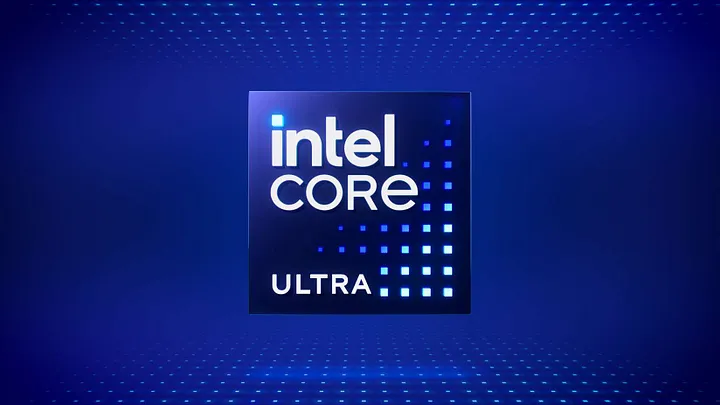Nvidia founder and CEO Jensen Huang showed only one slide featuring AI PCs during his keynote address ahead of Computex 2024. Even that featured only four laptops, with three coming from a singe vendor, namely Asus.
This does not necessarily indicate a lack of interest in the AI PC market on Nvidia’s part. It is more a reflection of the company’s lack of an x86 or ARM CPU in its current product lineup that could be integrated in the new wave of Microsoft CoPilot+ laptops. While it is possible to add a GeForce RTX GPU to a CoPilot+ device, this adds cost in what promises to be a price competitive market.
Nvidia has chosen to focus on highlighting the performance benefits of what it calls GeForce RTX AI laptops by launching Project G-Assist, an AI assistant that provides context-aware help for PC games and applications such as optimizing the performance and power consumption of a player’s system and advice on gameplay strategy.
The company is also rolling out the first PC-based Nvidia NIM inference microservices for its ACE digital human platform, which enable the creation of lifelike avatars that can engage with the user in real-time.
G-Assist and Nvidia Ace are part of the new Nvidia RTX AI Toolkit, a suite of tools and SDKs (software development kits) that make it easier for developers customize, deploy, and optimize large generative AI models on Windows PCs.
Nvidia is continuously upgrading other enhancements to boost the content creation capabilities of RTX AI PCs, including Nvidia RTX Remix, a modding platform for remastering classic DirectX 8 and DirectX 9 games, and Nvidia RTX Video, an AI-powered super-resolution feature supported in the Google Chrome, Microsoft Edge and Mozilla Firefox browsers as it seeks to defend its position in the AI PC market.
Whether these initiatives will be sufficient to achieve this goal is open to question. Perhaps it is time for Nvidia to consider building an Arm-on-Windows processor, perhaps, as has been rumored, in cooperation with MediaTek. Stranger things have happened.



